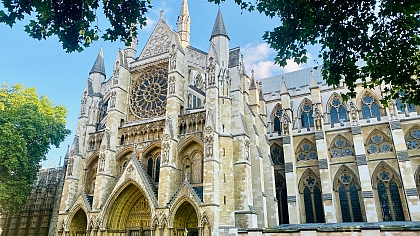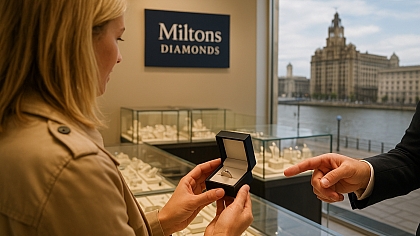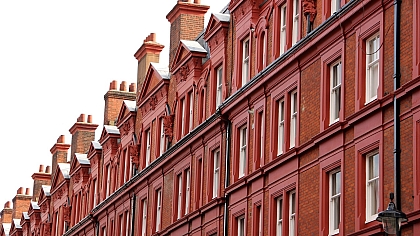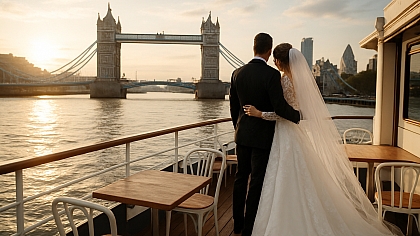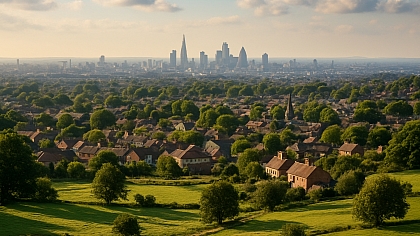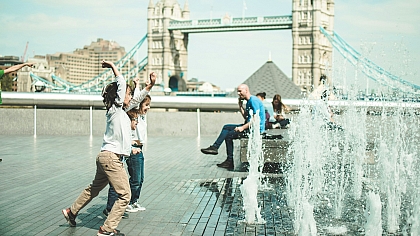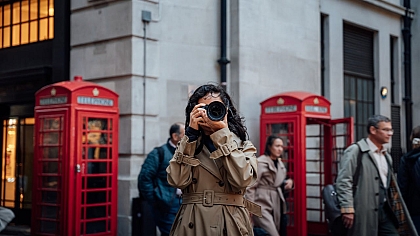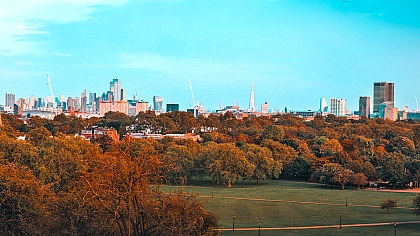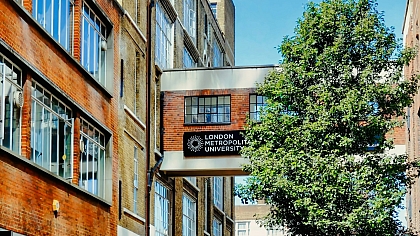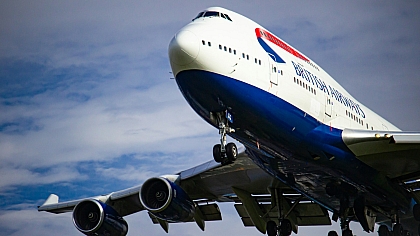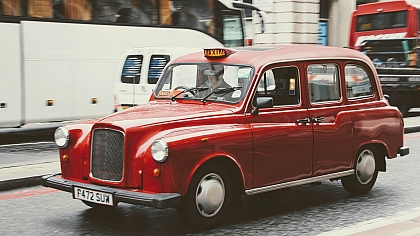
7 Hidden Dangers of Incorrect TV Wall-Mounting
TV wall-mounting seems straightforward enough. Buy a bracket, drill some holes, hang up the telly, and you're sorted. But there's a reason professional TV mounting services exist, and it's not just because they've got better tools. The truth is, improper wall-mounting can lead to serious problems that most homeowners never consider until it's too late.
In a city like London, where many homes feature older construction and quirky layouts, wall-mounting a TV isn't as straightforward as it might seem. Each property presents unique challenges, from Victorian terraces with crumbly plaster to modern flats with metal stud walls. A professional installer familiar with London’s diverse housing stock can navigate these complexities, whether that means finding solid fixings in a 19th-century brick wall or safely hiding cables in a high-rise with strict building codes. In a place where space is at a premium, a properly mounted TV isn’t just about aesthetics—it’s about making the most of every square inch, safely and smartly.
I've seen my fair share of DIY disasters in this space. From cracked screens to damaged walls & even injuries, the consequences of cutting corners can be costly. The good news? Most of these risks are completely avoidable if you know what you're doing—or better yet, hire someone who does.
1. Structural Wall Damage
The first mistake many DIY enthusiasts make is failing to understand what's behind their walls. Not all walls are created equal, and mounting a heavy television requires more than just finding studs. Many UK homes have plasterboard walls with wooden or metal studs, while older properties might have solid brick or concrete walls.
I remember helping a mate who'd mounted his massive 65-inch TV to what he THOUGHT was a solid wall. Two weeks later, the whole thing came crashing down, taking chunks of plaster with it. The wall wasn't structurally capable of supporting that weight over time. What seemed fine initially gradually failed as the fixings worked loose.
Professional installers will assess your wall type before they begin. They use specialised tools like electronic stud finders, magnetic detectors, and sometimes even small inspection cameras to see what's really behind your plasterboard. They'll select the appropriate fixings for your specific wall type—be it hollow wall anchors, toggle bolts, or masonry screws for brick walls.
2. Electrical Hazards Lurking Behind Walls
Here's a frightening thought: your walls are likely filled with electrical wiring. Drill into the wrong spot, and you could be looking at a nasty shock, a power outage, or, in worst-case scenarios, an electrical fire. It happens more often than you'd think.
Professionals use voltage detectors to locate wiring before drilling. They know the common locations for electrical runs (typically horizontally or vertically from outlets and switches) and exercise extreme caution when working near these areas. They're also familiar with UK building regulations regarding electrical safety clearances.
Beyond avoiding immediate danger, pros will ensure your setup complies with safety codes. This includes proper cable management so that power cords aren't stretched too tightly or create trip hazards. They'll also consider proximity to heat sources and ensure proper ventilation around your equipment.
3. Incorrect Height & Viewing Angle
This might seem minor compared to structural failure or electrical shocks, but improper positioning can lead to genuine physical discomfort over time. I've visited homes where the TV was mounted so high it felt like sitting in the front row of a cinema—a recipe for neck strain and headaches.
The general rule is that your TV's centre should be at eye level when seated. This typically means around 1.2 metres from the floor for most living rooms. However, this varies based on your furniture arrangement, ceiling height, and personal preference.
Professional installers will discuss your viewing habits and room layout before deciding on placement. They consider factors like:
- Room lighting and potential glare sources
- Typical viewing distance and seating arrangement
- The specific TV model's optimal viewing angles
- The possibility of tilting or angling the screen for better viewing
4. Inadequate Bracketry & Weight Support
Not all TV brackets are created equal. Using a bracket rated for a smaller TV or one that doesn't match your television's VESA pattern (the standardised hole configuration on the back of your TV) is asking for trouble.
Quality brackets matter enormously. Cheap, unbranded options might save you £20 upfront, but can cost hundreds in damaged equipment later. Professional installers select brackets based on:
- Your specific TV model and weight
- Wall construction
- Desired functionality (fixed, tilting, full-motion)
- Expected longevity
- Aesthetics and cable management options
I've seen brackets fail because they weren't rated for the TV's weight or because the extending arm created too much leverage against the wall fixings. Professionals calculate the total load, including the dynamic forces created when extending arms are fully deployed.
5. Concealed Cable Nightmares
A clean installation with hidden cables looks fantastic, but DIY attempts at cable concealment can create serious hazards. Running standard power cables inside walls is a fire risk & violates UK building regulations. Yet I still see people attempting this dangerous shortcut.
Professional installers use properly rated in-wall cables and equipment. For power, they either:
- Install a properly recessed power outlet behind the TV location
- Use specially designed in-wall power kits that meet safety requirements
- Create proper channelling systems that keep cables accessible but hidden
Beyond safety, pros ensure signal integrity by using high-quality HDMI cables and keeping power and signal cables separated to prevent interference. They'll also consider future-proofing by perhaps running extra cabling for additional components you might add later.
6. Ignoring Building Regulations & Insurance Implications
Few homeowners realise that improper electrical modifications can invalidate home insurance policies. In the UK, certain electrical work falls under Part P of the Building Regulations, requiring either professional installation or certification.
If you've run mains cables through walls yourself or installed new electrical points without proper certification, you could face:
- Insurance claims are being rejected following damage or fire
- Difficulties when selling your property
- Legal liability if someone is injured due to your installation
Professional installers understand these requirements and can provide the necessary documentation to keep you compliant. Many offer certificates of proper installation that can be important for both insurance and future home sales.
7. Child Safety Oversights
A wall-mounted TV might seem safer than one on a stand, but improperly secured installations can still pose risks to children. Curious kids might pull on cables, try to climb furniture to reach the screen, or bump into extending bracket arms.
Professionals take a comprehensive approach to safety, considering:
- Secure cable management to prevent pulling hazards
- Bracket locking mechanisms to prevent unwanted movement
- Minimum height requirements in homes with young children
- Furniture arrangement that discourages climbing
They might recommend additional safety features like cable covers, reinforced mounts, or even glass protection screens, depending on your household needs.
While DIY TV mounting might save a few quid initially, the potential costs of getting it wrong far outweigh these savings. Beyond the obvious risk of damaging an expensive television, structural damage, electrical hazards, and safety concerns make this one home improvement task worth delegating to the pros.
Professional installers bring specialised knowledge, proper tools, and experience that ensure your television is mounted safely, correctly, and in compliance with all relevant regulations. That peace of mind alone is worth the cost of professional installation. After all, your telly is meant to be a source of relaxation, not a cause for worry every time you hear an unusual creak from the wall!
